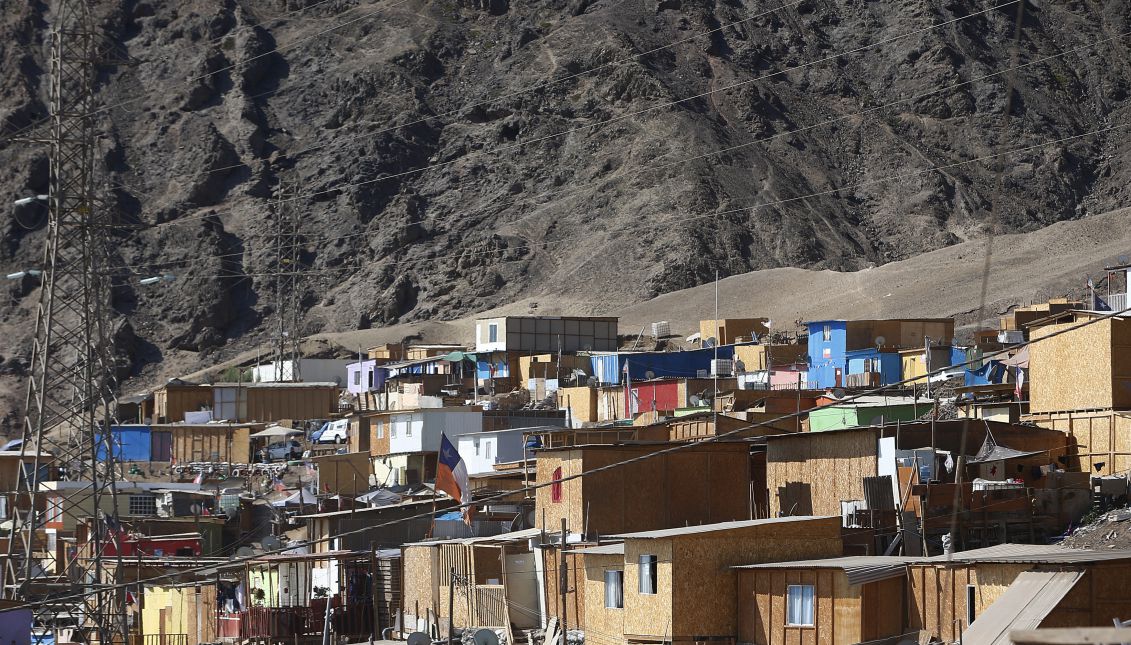
The tailings of Chilean mining
In the Chilean city of Antofagasta, the country's mining epicenter, thousands of families from Bolivia, Ecuador, Peru, Venezuela, Colombia, Paraguay and the…
Camps located in the dry environs of the Chilean city of Antofagasta, the country's mining epicenter, are a mixture of misery and hope where more than 6,000 families have gathered from all over Latin America.
"I fled Peru five years ago because I wanted to offer a better future to my children," Hilda Jaramillo, who lives in the so-called Balmaceda macro-camp located on the northern outskirts of Antofagasta, told EFE.
In 2013, when she was pregnant with her first child, she worked to level the side of a sandy and trash-strewn hilltop to erect a shack with the materials that were at hand.
Four years later, the zone is filled with shacks where almost 1,000 families from Bolivia, Ecuador, Peru, Venezuela, Colombia, Paraguay and the Dominican Republic live.
This is the country's second-largest such camp, comprised of flimsy shacks built by the residents on the bare and dangerous hillsides.
Entering the camp is like probing into a labyrinth of narrow unpaved streets.
All the families living there came to the area attracted by the growing demand for mining workers in Antofagasta due to the copper "supercycle," which raised the price of the metal to $4 per pound in 2008.
RELATED CONTENT
At that time, Chilean President Michelle Bachelet was ending her first term and the country had grown by 4.6 percent the year before, with the Chinese economy - a heavy buyer and user of copper - expanding by double digits.
Starting then, the number of families living in irregular settlements lacking access to basic services grew at an exponential rate.
A report by the non-governmental organization Techo Chile revealed that the number of people living there grew by 10 times over the past decade, with 632 families in the area in 2007 and 6,229 living there in 2016.
Also, according to figures provided by the National Socioeconomic Survey, 30,528 immigrants live in the area, some 327 percent more than in 2005 and the highest growth rate anywhere in Chile.
"We decided to go up the hills because the rents were too high (in town). ... Here, you can build yourself a little house for 2 million pesos ($3,049), Jacqueline Fey, the Ecuadorian head of the Americas Unidas camp group, the largest in Antofagasta, told EFE.
"We invite the residents to paint their house facades, to clean their homes and get them organized. Dignity starts with oneself and only in this way can changes be achieved," she added.
"Better times will come and we'll wait for them with joy and hope," Fey said.










LEAVE A COMMENT:
Join the discussion! Leave a comment.